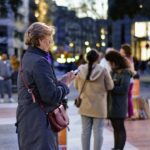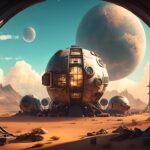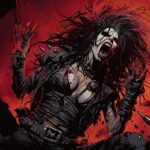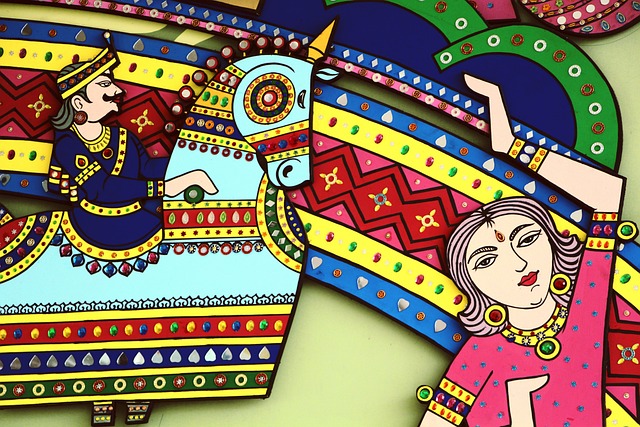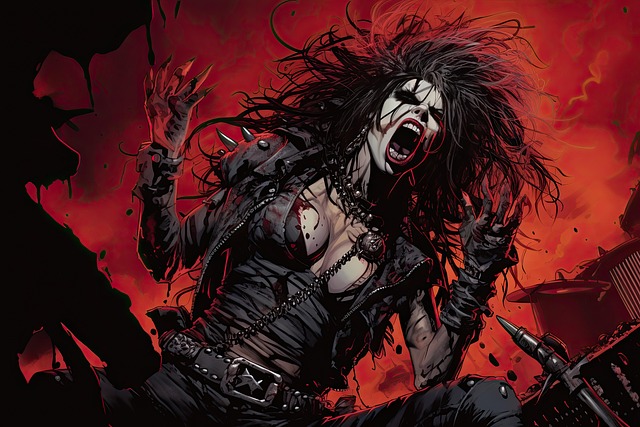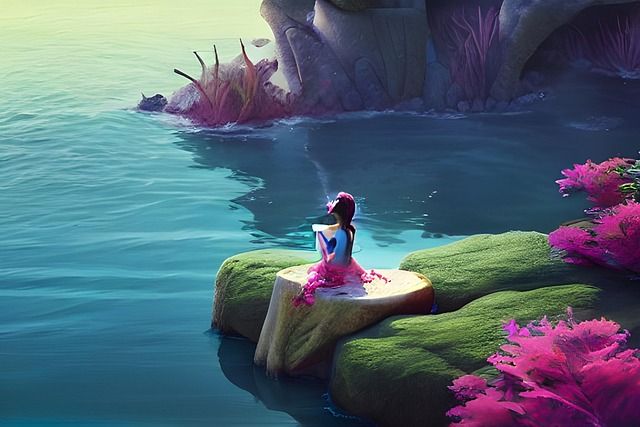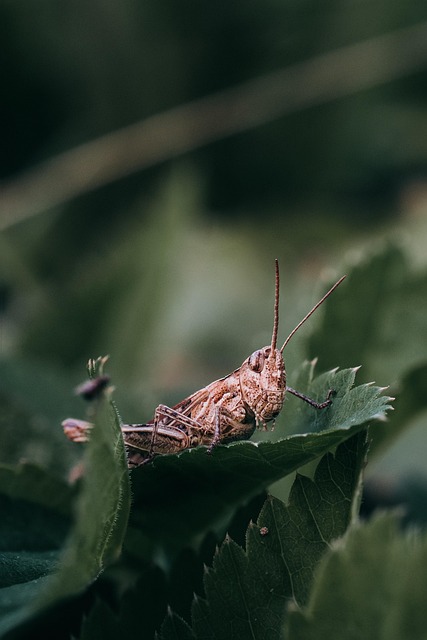# Innovative AI Tools That Are Transforming the Artistic Landscape for Modern Creators
In recent years, artificial intelligence (AI) has emerged as a revolutionary force in the world of art, reshaping how creators approach their craft. From digital illustrations to video generation, AI tools are facilitating unprecedented levels of creativity and efficiency. In this article, we will explore some of the most innovative AI tools for artists, including DALL·E, Midjourney, Stable Diffusion, Runway ML, and Adobe Firefly, and how they are transforming the landscape of visual and digital art.
## The Rise of AI Tools for Artists
AI tools for artists are designed to augment human creativity, providing new ways to conceptualize, design, and produce art. These generative art tools leverage machine learning algorithms to analyze vast datasets, enabling them to create unique images, videos, and designs based on user inputs. This technology is particularly beneficial for artists, designers, and content creators looking for inspiration or assistance in their work.
### Key AI Digital Art Generators
#### 1. DALL·E
DALL·E, developed by OpenAI, is a cutting-edge AI model capable of generating images from textual descriptions. This tool allows artists to create visuals that may not exist in reality, simply by providing a prompt. For example, an artist might input, “a two-headed flamingo wearing a top hat,” and DALL·E will generate a stunning image that matches this description.
**Real-World Application:**
Graphic designer Sarah Thompson used DALL·E to create a series of whimsical illustrations for a children’s book. By inputting specific scenes and characters, she was able to produce high-quality images that captured the essence of her narrative while saving time on manual illustration.
#### 2. Midjourney
Midjourney is another innovative AI art generator that focuses on creating high-quality, stylized images. It operates through a Discord interface, where users can input prompts and receive images in various artistic styles. Midjourney is particularly popular among digital artists for its ability to produce visually stunning and imaginative artworks.
**Real-World Application:**
Concept artist Mark Chen used Midjourney to develop a series of character designs for a video game project. By experimenting with different prompts and styles, he was able to generate a wide range of character concepts, which he then refined manually, enhancing his creative process.
#### 3. Stable Diffusion
Stable Diffusion is an open-source AI model that allows users to generate images based on text prompts while offering a high degree of customization. Its flexibility makes it a favorite among artists who want to explore various artistic styles or create specific visual elements.
**Real-World Application:**
Illustrator Emma Garcia utilized Stable Diffusion to create a series of fantasy landscapes for a tabletop game. By adjusting parameters and experimenting with different prompts, she was able to generate unique backgrounds that fit the game’s theme, providing a rich visual experience for players.
### Enhancing Video Creation with AI
#### 4. Runway ML
Runway ML is an AI-powered platform that offers a suite of tools for video editing and content creation. It allows creators to apply AI models to their projects, making tasks such as video generation, background removal, and object tracking more efficient. This tool is particularly useful for filmmakers and content creators looking to streamline their workflow.
**Real-World Application:**
Filmmaker John Lee used Runway ML to enhance a short film project by employing its AI-powered video generation capabilities. He was able to create stunning visual effects and transitions that would have taken significantly longer to produce manually, ultimately improving the film’s overall quality.
#### 5. Adobe Firefly
Adobe Firefly is Adobe’s latest foray into AI-driven creativity, offering tools that integrate seamlessly with existing Adobe applications. It enables users to generate images, animations, and designs using simple text prompts. Firefly is designed to empower creatives by providing intuitive AI features that enhance their artistic capabilities.
**Real-World Application:**
Graphic designer Lisa Patel integrated Adobe Firefly into her workflow to create marketing materials for a new product launch. By utilizing Firefly’s capabilities, she quickly generated multiple design concepts, allowing her to present a diverse range of options to her clients.
### The Impact of AI on Creative Workflows
AI tools for artists are not just about generating images or videos; they are about enhancing the creative process. Here are some ways these tools are reshaping workflows:
– **Speed and Efficiency:** AI tools can significantly reduce the time spent on repetitive tasks, allowing artists to focus on the creative aspects of their work.
– **Inspiration and Ideation:** Generative art tools can serve as a source of inspiration, helping artists overcome creative blocks and explore new ideas.
– **Collaboration:** AI tools encourage collaboration between artists and technology, leading to innovative projects that blend human creativity with machine intelligence.
### Conclusion: The Future of AI in Creative Fields
As AI technology continues to evolve, its impact on the artistic landscape will only grow. The tools discussed—DALL·E, Midjourney, Stable Diffusion, Runway ML, and Adobe Firefly—are just the beginning of what is possible. These AI digital art generators are not merely replacements for traditional artistic methods; they are powerful allies that can enhance creativity and expand the horizons of what artists can achieve.
The future of AI for creatives looks promising, with ongoing advancements likely to introduce even more sophisticated tools. As artists embrace these technologies, we can expect to see a new wave of innovative and expressive works that challenge our understanding of art and creativity.
In summary, AI is not just a trend; it is a transformative force that is reshaping the artistic landscape. For modern creators, leveraging these innovative tools can open up new avenues for expression, collaboration, and inspiration, ultimately redefining the way we perceive and create art.

